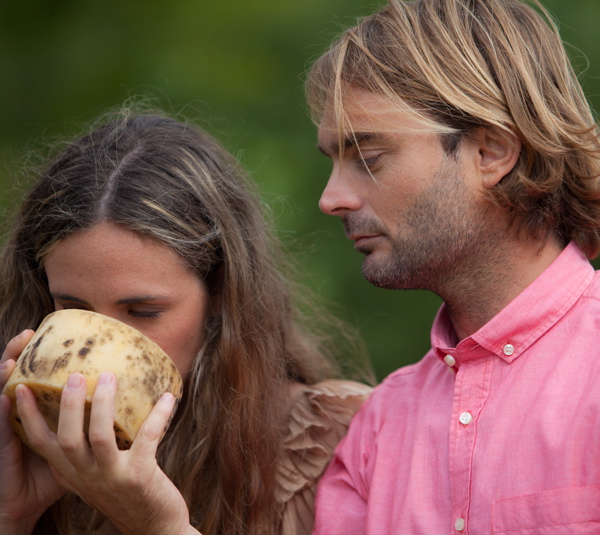
Teresa Parker blogs about restaurants, recipes, and the reasons why she's in love with Spain's food and culture.

What does it take to get a Michelin star? Excellent ingredients from the get-go, food that proves mastery of flavor and technique and that conveys the chef's personality. Service. The feeling of the place.
Surely there's also something to being in the right place and figuring out how to come to people's attention. But let's not talk about all that right now.
When travelers tell me they want to plan their entire trips around Michelin recommendations, I worry they are going to miss the opportunity to get their noses into a piece of cheese like those two Idiazabal-sniffers the Basque tourist office has been showing off this year.
The star-seeking strategy does square with the original identity of the guide. It was created by the tire makers to market the joys of road trips. One star, they say, means a restaurant is "very good in its category." Two stars means it has "excellent cooking, worth a detour." And a three star rating means "exceptional cuisine, worth a special journey."
But too much Michelin is not a good thing. First, when you're traveling, you go partly to see how people live, not just to be with other tourists. Red Guide dependency has had a way of bringing more visitors than locals to the table.
And good eating in Spain is so much about good ingredients left well enough alone.
En fin, you do not want, "una corte de digestión," as my Spanish mother-in-law would have told you. With your digestion cut off, then what? "Te mueres."
But you're here for the list. Spain has 188 restaurants with Michelin stars: 8 with three stars, 23 with two stars, and 157 with one star. Please don't try to eat in too many of them.
